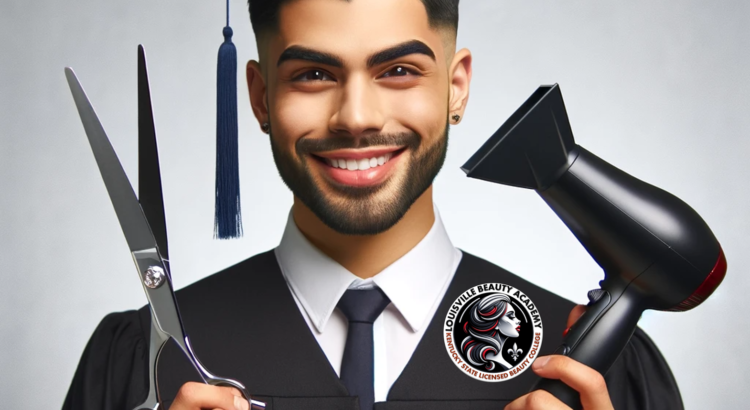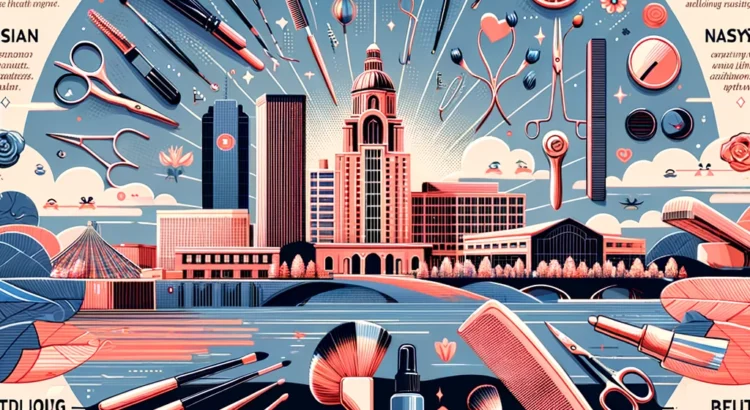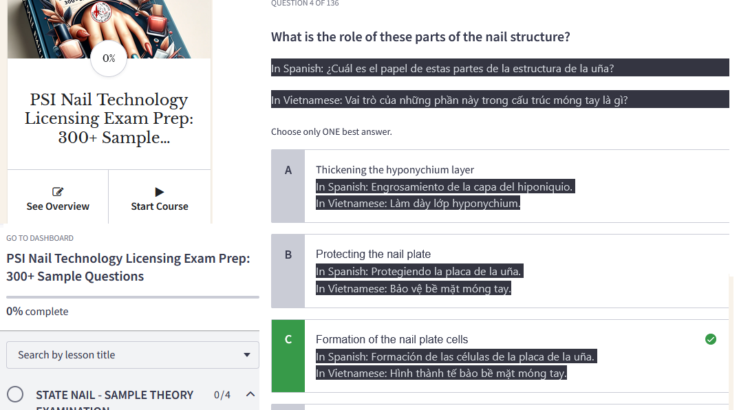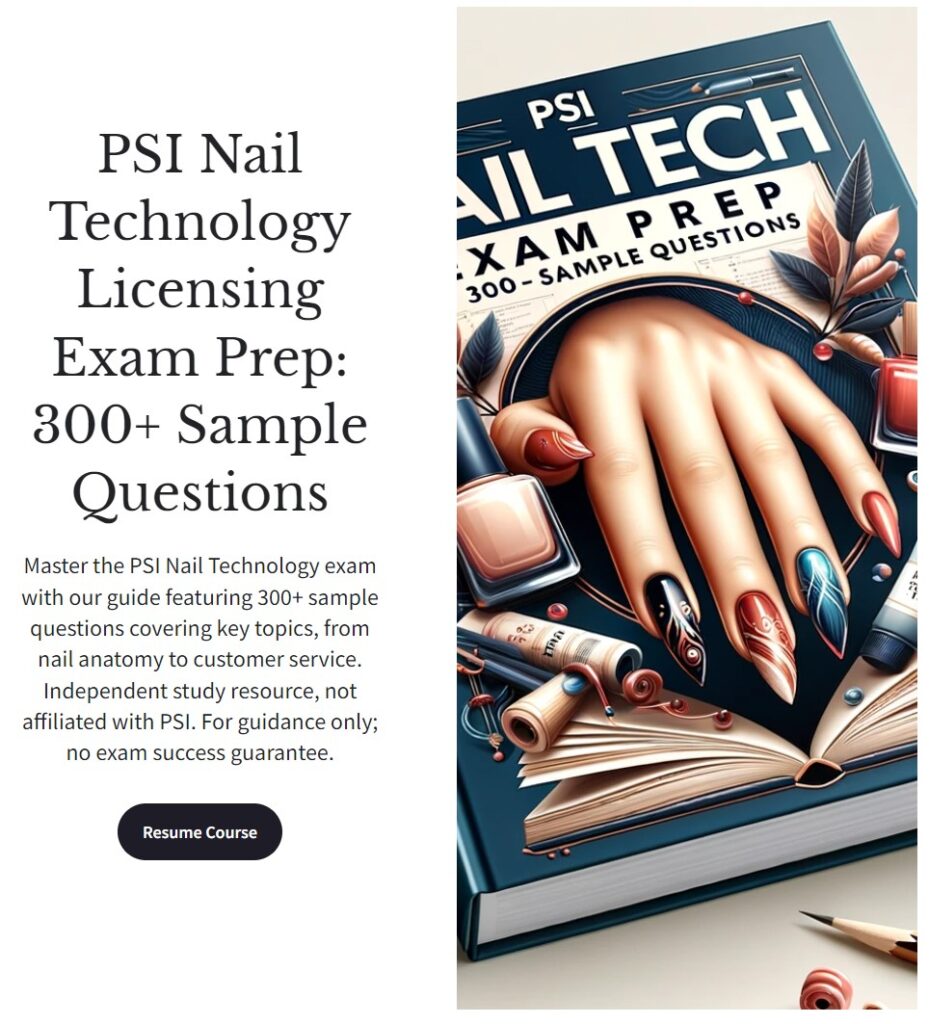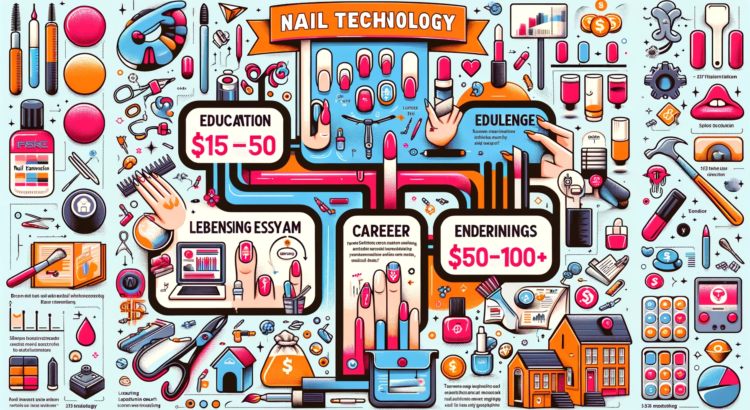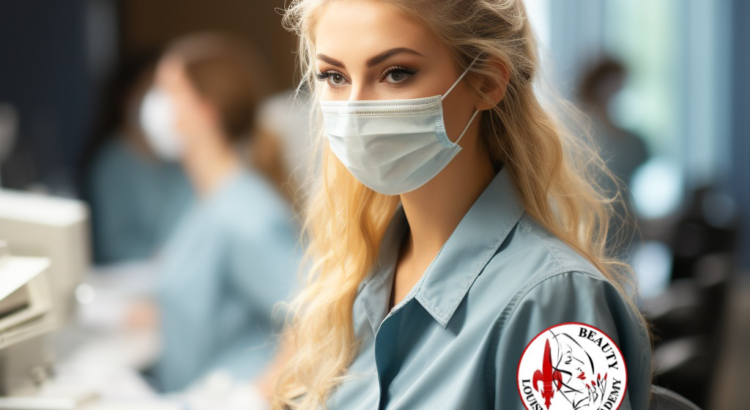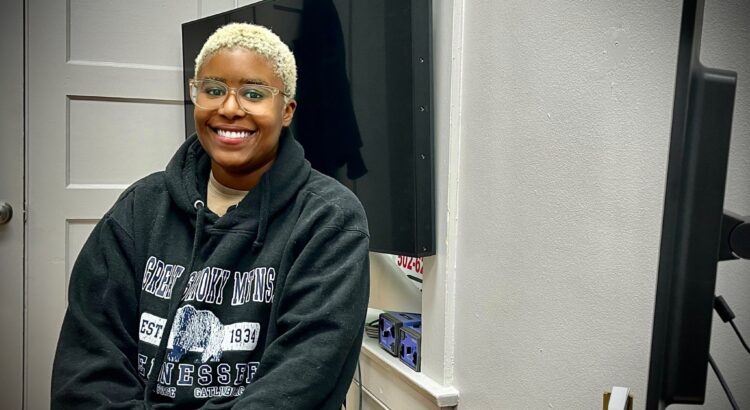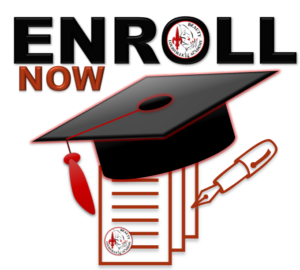Louisville Beauty Academy
Un Llamado a la Comunidad Latina: Licencia Tus Habilidades Innatas de Belleza
La comunidad latina, rica en cultura y tradición, ha sido reconocida desde hace tiempo por su talento natural en la industria de la belleza. Estas habilidades, a menudo cultivadas dentro de la comunidad, necesitan un paso crucial para su reconocimiento profesional: la licencia legal para ofrecer estos servicios, ya sea en un salón o en casa.
Entendiendo el Paisaje Legal en Kentucky
En Kentucky, como en la mayoría de los estados, es ilegal practicar cualquier servicio de belleza en un cliente sin una licencia adecuada. Esta ley asegura la seguridad, el profesionalismo y la calidad en la industria de la belleza. Para los talentosos entusiastas de la belleza latina, comprender y cumplir con estas regulaciones es esencial para una carrera exitosa y legal en los servicios de belleza.
Louisville Beauty Academy: Tu Puerta de Entrada al Éxito Profesional
En Louisville Beauty Academy, estamos comprometidos a ayudar a la comunidad latina a transformar sus talentos naturales en habilidades con licencia. Ofrecemos programas como Cosmetología, Técnico de Uñas, Esteticista, y más, diseñados para guiar en el proceso de obtención de licencia.
La Licencia: Un Sello de Profesionalismo y Aceptación en América
La obtención de una licencia no solo cumple con las normativas legales; también es un paso crucial para legitimarse como un americano, obteniendo una credencial regulada y reconocida por entidades estatales como la Junta de Cosmetología del Estado de Kentucky. Este es un paso significativo en el camino hacia el reconocimiento y el empoderamiento en la sociedad americana.
Por Qué la Licencia es Importante
La licencia en la industria de la belleza construye confianza con los clientes, abre puertas a trabajos mejor remunerados y permite trabajar legalmente en los Estados Unidos. Es un símbolo de compromiso y calidad profesional.
Abraza Tu Herencia, Mejora Tu Talento
En Louisville Beauty Academy, celebramos la herencia latina y buscamos realzarla con formación profesional. Nuestros programas están enfocados en llevar tu talento natural al siguiente nivel profesional y legal.
Únete a Nosotros y Licencia Tu Talento
Inscríbete en Louisville Beauty Academy hoy. Tu talento merece reconocimiento, y estamos aquí para ayudarte a lograrlo de manera legal y exitosa, fortaleciendo tu posición como profesional en América.
Louisville Beauty Academy – Donde el Talento Cumple con la Excelencia Legal y el Reconocimiento Americano
